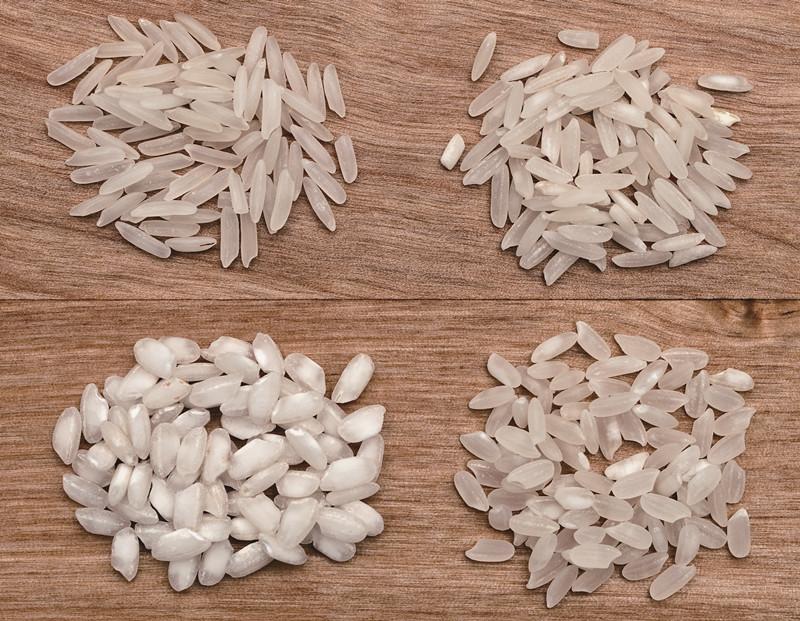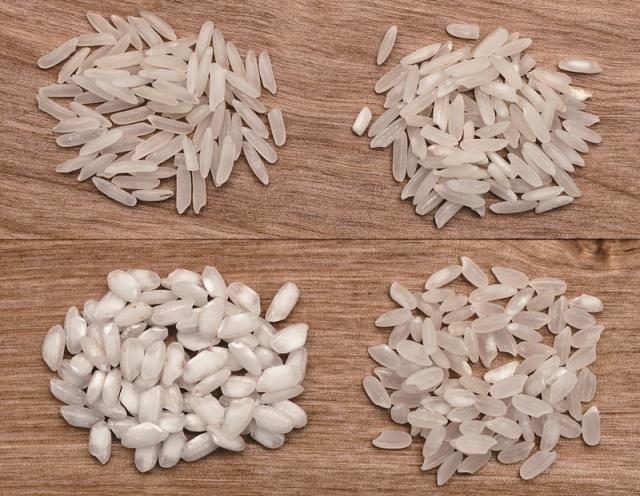
 Old Version
Old Version

Rice. It’s synonymous with the word for “food" in a dozen Asian countries, including China, where “chi fan le ma?” – “have you eaten (rice) yet?” is equivalent to asking someone how their day has been. The staple food of over half the world's population, it is the predominant source of dietary energy in 17 countries in Asia and the Pacific, and much of Africa and South America.
First domesticated as long as 13,000 years ago in China’s Pearl River Delta, rice is one of the planet’s most diverse grains, and, in multiple forms, rules the Chinese dinner table from the tropical beaches of Hainan all the way to the frigid tundra of Heilongjiang. The International Rice Research Initiative, in partnership with the Chinese Academy of Sciences, has identified the exact genetic makeup of more than 3,000 distinct varieties of rice.
In China’s south, Burmese and Laotian influences commingle with regional tribal and ethnic minority cuisines to popularize a particular strain of sticky rice that is so viscous when cooked it can be molded like clay and used as an eating implement, gathering succulent meats, vegetables and thick sauces into one delectable, bite-sized package.
A more common incarnation is glutinous or sweet sticky rice, ubiquitous in traditional desserts, particularly zongzi, the bamboo-leaf-wrapped parcels with stuffings of either sweet bean paste or preserved fruits (northern China) or spiced, marinated meats (southern China), consumed by the bucketload during the Dragon Boat Festival in early summer. Ground into flour, glutinous rice provides softness and elasticity for cakes and chilled pastries.
Only a short evolutionary hop from glutinous and sticky rice is purple rice – a rich, almost-black and delightfully nutty grain that frequently appears in sweet rice porridge or, in the far South, simmered with coconut milk in a manner familiar to lovers of Thai and Cambodian cuisine. Red yeast rice, meanwhile, is the principal ingredient in Chinese rose vinegar, and is prized for its medicinal properties, particularly its rumored ability to lower cholesterol.
Ubiquitous as rice may be, the standardization and the mechanization of agriculture, as well as sinking water tables in formerly rice-producing areas like Shanxi Province, have seen a dearth of localized strains of the king of the Asian grains. Countless flavor profiles (from the fragrance of lotus seeds to the scent of wet earth) and rumored health benefits vanished with each local crop’s former terroir. Scares involving contamination with heavy metals – an inevitability in as thirsty a crop as rice – continue to emerge as industry encroaches on farmland, and China is increasingly turning to cleaner imports from Thailand and Vietnam to guarantee an uninterrupted flow of the white stuff into China’s kitchens.
Countering such threats to the supremacy of Chinese rice is essential. The country still sets huge store by its ability to feed its population within its borders (even if, in practice, it has dropped such goals). Almost more importantly, rice is integral to China’s culinary identity. To give up on its production would be to abandon millennia of tradition, labor and agricultural development.